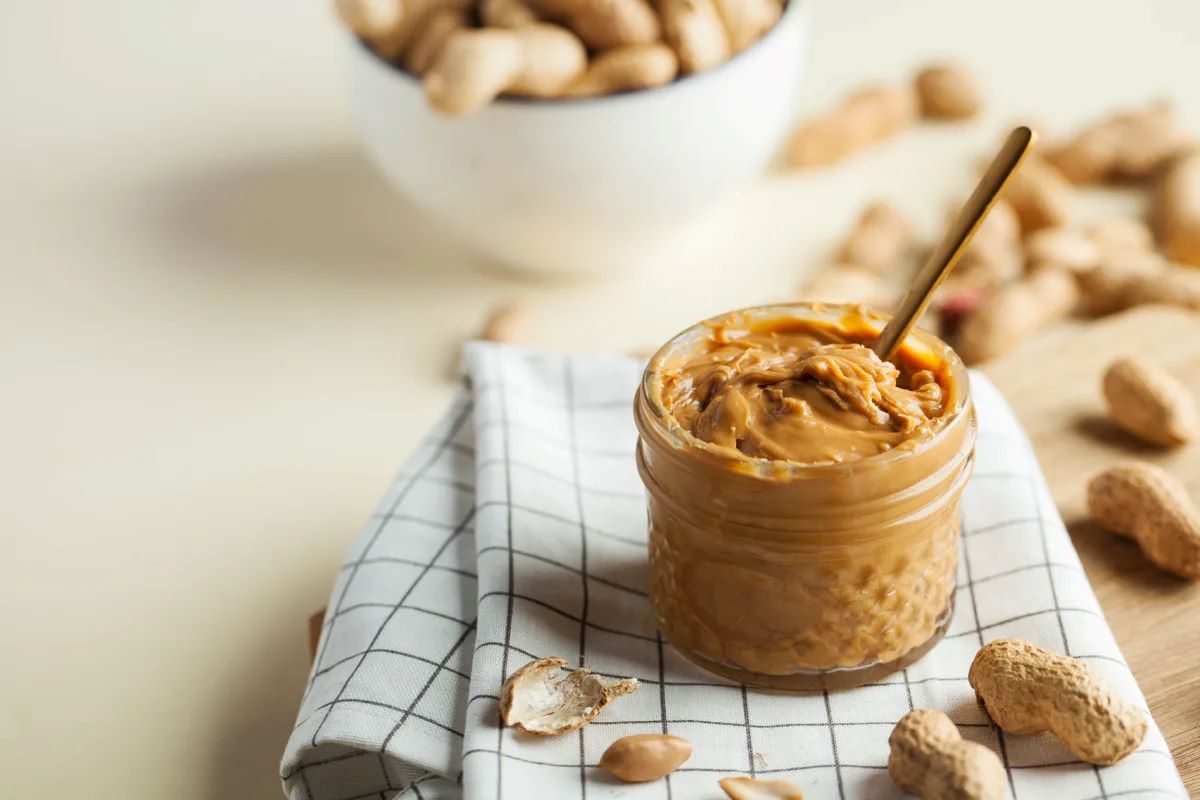

Articles
How To Store Peanut Butter Long Term
Modified: August 28, 2024
Learn how to store peanut butter for the long term with these helpful articles.
(Many of the links in this article redirect to a specific reviewed product. Your purchase of these products through affiliate links helps to generate commission for Storables.com, at no extra cost. Learn more)
Introduction
Welcome to our comprehensive guide on how to store peanut butter long term. Peanut butter is a beloved pantry staple for many households, loved for its versatility and delicious taste. Whether you use it as a spread on toast, in baking recipes, or as a protein-packed addition to smoothies, having a long-lasting supply of peanut butter on hand can be very convenient.
However, proper storage is essential to maintain the quality and freshness of peanut butter over an extended period. In this article, we will explore why it is important to store peanut butter long term, factors to consider before storing it, and the best methods for ensuring optimal storage conditions.
By following the tips and guidelines provided, you can ensure that your peanut butter remains delicious and safe to consume for an extended period.
Key Takeaways:
- Proper long-term storage of peanut butter ensures a continuous supply of this nutritious staple, saves money, and prepares you for unforeseen circumstances, all while maintaining its taste and texture.
- Factors such as expiration dates, storage containers, and environmental conditions play a crucial role in maintaining the quality of stored peanut butter, ensuring its freshness and safety for extended periods.
Read more: How To Store Butter Long Term
Why is it important to store peanut butter long term?
Storing peanut butter long term is important for several reasons. Firstly, it allows you to have a continuous supply of this nutritious food item, especially during emergencies or times when access to grocery stores may be limited. Additionally, buying peanut butter in bulk or taking advantage of sales and promotions can help save money in the long run.
Peanut butter is known for its high protein content and rich nutritional profile. It is a good source of healthy fats, vitamins, and minerals. Storing it long term ensures that you have a readily available source of these valuable nutrients for you and your family.
When stored properly, peanut butter has a relatively long shelf life. Unopened jars can last for several months or even up to one year past their expiration dates. By understanding the factors that contribute to the deterioration of peanut butter and taking appropriate measures, you can extend its shelf life significantly.
Proper long-term storage also helps maintain the taste and texture of peanut butter. Exposure to heat, light, and air can lead to rancidity, loss of flavor, and possible contamination. By following the recommendations we will discuss, you can ensure that your stored peanut butter remains fresh and flavorful for an extended period.
Furthermore, having a supply of peanut butter on hand can be valuable during emergency situations, such as natural disasters or power outages. Its dense caloric content and nutritious profile make it an excellent food source in times when access to regular meals may be limited.
In summary, by storing peanut butter long term, you can ensure a continuous supply of this versatile and nutrient-rich food item, save money, maintain its taste and texture, and be prepared for unforeseen circumstances. Now let’s delve into the factors to consider before storing peanut butter long term.
Factors to consider before storing peanut butter long term
Before diving into the different storage methods for peanut butter, it’s important to consider a few factors that can affect its shelf life and quality. By understanding these factors, you can make informed decisions about how to store your peanut butter to ensure its longevity.
1. Expiration date: Check the expiration date on the jar of peanut butter before purchasing or storing it. Peanut butter generally has a long shelf life, but it’s important to know the initial expiration date to gauge how long it will remain fresh.
2. Quality of the container: The quality and integrity of the container in which the peanut butter is stored play a crucial role in maintaining its freshness. Look for jars or containers made of dark, opaque materials to protect the peanut butter from light exposure, which can lead to rancidity and loss of flavor.
3. Temperature: Temperature plays a significant role in the longevity of peanut butter. Ideally, it should be stored in a cool and dry place, away from direct sunlight and heat sources. High temperatures can cause the peanut oil to separate, affecting the texture and taste of the peanut butter.
4. Air exposure: Air can oxidize the natural oils in peanut butter, leading to spoilage and rancidity. Ensure that the storage container is airtight, preventing air from entering and causing deterioration of the product.
5. Humidity: High humidity levels can lead to spoilage and mold growth. It’s important to store peanut butter in a dry environment to prevent moisture absorption, which can compromise its quality.
6. Quality of the peanut butter: The quality of the peanut butter itself can affect its shelf life. Always purchase peanut butter from reputable brands and check for signs of spoilage, such as an off smell or unusual texture, before storing it long term.
7. Frequency of use: Consider your usage patterns when deciding on the quantity of peanut butter to store long term. It’s advisable to rotate your stock regularly and use the older jars first to maintain freshness.
By keeping these factors in mind, you can make informed choices about the storage methods and conditions that will work best for your peanut butter. In the next section, we will discuss selecting the right type of peanut butter for long term storage.
Selecting the right type of peanut butter for long term storage
When it comes to selecting peanut butter for long term storage, certain considerations can help ensure that you choose the best option for maximum shelf life and quality. Here are some factors to keep in mind:
1. Natural vs. processed peanut butter: Natural peanut butter, made from just peanuts and sometimes salt, tends to have a shorter shelf life than processed peanut butter. This is because natural peanut butter lacks added preservatives. If you prefer natural peanut butter, be aware that it may have a shorter storage life and may require more careful storage techniques.
2. Unopened vs. opened jars: Unopened jars of peanut butter generally have a longer shelf life compared to opened jars. An unopened jar can last up to one year past the expiration date, while opened jars typically have a shelf life of a few months.
3. Creamy vs. crunchy: Both creamy and crunchy peanut butter can be stored long term. The choice between the two comes down to personal preference. However, keep in mind that crunchy peanut butter may have a slightly shorter shelf life due to the presence of added ingredients like chopped peanuts.
4. Packaging: Look for peanut butter that comes in airtight and light-resistant packaging. Glass jars and metal cans are typically better at preserving the quality of peanut butter compared to plastic containers. Dark or opaque packaging helps shield the peanut butter from light exposure, which can lead to rancidity.
5. Organic and natural options: Organic and natural peanut butter options may be more prone to oil separation due to the absence of stabilizers. While these options are generally healthier, they may require more frequent stirring and stricter storage practices to maintain their quality over the long term.
6. Consider portion sizes: Larger jars of peanut butter may be more economical but bear in mind that once opened, the entire jar is exposed to air. If you don’t consume peanut butter frequently, consider purchasing smaller jar sizes to minimize wastage and maintain freshness.
When choosing peanut butter for long term storage, prioritize quality and read product labels to understand any additional ingredients or potential allergens. By selecting a suitable peanut butter option, you can set the stage for successful long-term storage. In the next sections, we will discuss the proper storage containers and methods for storing peanut butter long term in different environments.
Proper storage containers for long term storage
Choosing the right storage containers for long term storage of peanut butter is crucial for preserving its freshness and quality. Here are some options to consider:
1. Glass jars: Glass jars are a popular choice for storing peanut butter long term. They are airtight, opaque, and help protect the peanut butter from light exposure. Look for jars with a screw-on lid for a secure seal. Ensure that the jar is thoroughly cleaned and dried before transferring peanut butter to prevent any contamination.
2. Metal cans: Metal cans are another suitable option for long term storage. These cans provide excellent protection against light and air. Ensure that the can is made of food-grade materials and has a tight-fitting lid to prevent any air leakage.
3. Plastic containers: If using plastic containers, opt for BPA-free, food-grade containers with airtight seals. Ensure that the container is clean, dry, and free from any odors. Keep in mind that plastic may not offer the same level of protection against light exposure as glass or metal.
4. Mylar bags: Mylar bags are widely used for long term food storage, including peanut butter. They are made of a durable, flexible material that provides excellent protection against air and light. Fill the bag with peanut butter and seal it tightly using an impulse sealer or by ironing the opening shut. Remember to remove as much air as possible before sealing the bag.
5. Vacuum-sealed bags: Vacuum-sealed bags are a great option for removing excess air from the storage container. This helps to preserve the quality of the peanut butter and extend its shelf life. Vacuum-sealing machines can be used to remove the air and create a tight seal.
Regardless of the storage container you choose, make sure it is clean, dry, and airtight. This will create optimal conditions for storing peanut butter long term. Now let’s explore the various methods for storing peanut butter long term in different environments.
Store peanut butter long term by keeping it in a cool, dark place to prevent oxidation and rancidity. Make sure the container is tightly sealed to keep out moisture and air.
Read more: How To Store Peanut Butter Cookies
How to store peanut butter long term in pantry
The pantry is a common storage location for many food items, including peanut butter. When storing peanut butter long term in the pantry, here are the steps you can follow:
- Choose the right storage container: Select a glass jar, metal can, plastic container, mylar bag, or any other airtight container to store the peanut butter.
- Clean and dry the storage container: Ensure that the container is thoroughly cleaned and dried before transferring the peanut butter into it.
- Transfer the peanut butter: If the peanut butter is in its original packaging, consider transferring it to the chosen storage container. This helps protect it from light and air exposure, maintaining its quality for longer.
- Seal the container tightly: Make sure the container is airtight to prevent any air or moisture from entering, which can lead to spoilage. Double-check that the lid or seal is secure.
- Label the container: Use a label or marker to write the date of storage on the container. This will help you keep track of its freshness and rotation.
- Store in a cool, dry place: Find a spot in your pantry that is away from direct sunlight or heat sources. Peanut butter should be stored at a stable room temperature, ideally between 60 to 70°F (15 to 21°C).
- Keep away from strong odors: Peanut butter can absorb strong odors, so it’s best to store it away from pungent spices or other strong-smelling food items.
By following these steps, you can properly store peanut butter long term in your pantry, ensuring its longevity and preventing quality degradation. However, keep in mind that peanut butter stored in the pantry may be more prone to heat and temperature variations compared to other storage locations.
In the next sections, we will explore how to store peanut butter long term in the refrigerator and in the freezer, which provide additional benefits in terms of freshness and shelf life extension.
How to store peanut butter long term in the refrigerator
Refrigerating peanut butter is an excellent option for long term storage, as it helps to maintain its freshness and extends its shelf life. Follow these steps to store peanut butter long term in the refrigerator:
- Select the right storage container: Choose a glass jar, plastic container, or any airtight container that fits well in your refrigerator.
- Clean and dry the storage container: Ensure that the container is thoroughly cleaned and dried before transferring the peanut butter into it.
- Transfer the peanut butter: If the peanut butter is in its original packaging, you can transfer it to the chosen storage container. This offers better protection against air and moisture.
- Seal the container tightly: Ensure that the container’s lid or seal is secure, creating an airtight environment to prevent air and moisture from entering.
- Label the container: Use a label or marker to write the date of storage on the container. This will help you keep track of its freshness and rotation.
- Place the container in the refrigerator: Find an appropriate spot in your refrigerator, such as the door shelf or a designated storage compartment. Ensure that the peanut butter is kept away from strong-smelling foods to prevent any flavor absorption.
Refrigeration helps to slow down the natural oil separation process in peanut butter and prevents rancidity. It is particularly beneficial if you live in a warm or humid climate where room temperature storage may compromise the quality of the peanut butter.
Remember to check the consistency of refrigerated peanut butter before use, as it can become firmer and harder to spread. When ready to consume, allow the peanut butter to come to room temperature for a few minutes, or warm it slightly in the microwave for easier spreading.
Now that you know how to store peanut butter in the refrigerator, let’s move on to exploring how to store it long term in the freezer, which offers even greater shelf life extension.
How to store peanut butter long term in the freezer
Freezing peanut butter is an excellent option for long term storage, as it can significantly extend its shelf life while preserving its flavor and quality. Follow these steps to store peanut butter long term in the freezer:
- Choose the right storage container: Opt for a freezer-safe container, such as a glass jar, plastic container, or freezer bag. Ensure that the container is airtight and capable of withstanding freezing temperatures.
- Clean and dry the storage container: Thoroughly clean and dry the chosen container before transferring the peanut butter into it.
- Transfer the peanut butter: If the peanut butter is in its original packaging, you can transfer it to the chosen storage container. This helps protect it from freezer burn and off flavors.
- Seal the container tightly: Ensure that the container is sealed tightly, preventing any air from entering and causing freezer burn.
- Label the container: Clearly label the container with the date of storage. This will help you keep track of its freshness and rotation.
- Place the container in the freezer: Find a spot in your freezer where the peanut butter will be undisturbed. Avoid placing it close to the freezer door, as temperature fluctuations may occur.
Peanut butter stored in the freezer can last for several months or even up to a year. Freezing helps to maintain the flavor, texture, and nutrient content of peanut butter over an extended period. It also prevents spoilage and rancidity that can occur from prolonged room temperature storage.
When you are ready to use the frozen peanut butter, allow it to thaw in the refrigerator overnight. This will ensure that it thaws evenly and remains safe to consume. Alternatively, you can gently thaw it in the microwave using the defrost setting, being cautious not to overheat it.
By following these steps, you can store peanut butter long term in the freezer and always have a reliable supply of this versatile and nutritious spread on hand.
In the next section, we will provide some tips for maintaining the quality of stored peanut butter, regardless of the storage method.
Tips for maintaining the quality of stored peanut butter
To ensure that your stored peanut butter maintains its quality and freshness, consider these useful tips:
- Stir before use: Over time, the natural oils in peanut butter can separate and rise to the top. Before using the peanut butter, give it a good stir to evenly distribute the oils and restore its creamy consistency.
- Prevent moisture exposure: Moisture can lead to spoilage and mold growth. Make sure the storage container is tightly sealed to prevent any moisture from entering.
- Keep away from light: Light exposure can cause the peanut butter to become rancid and lose its flavor. Store it in a dark or opaque container, or keep it in a cool, dark pantry or cupboard to minimize light exposure.
- Rotate your stock: Practice first-in, first-out (FIFO) rotation by using the oldest jars of peanut butter first. This ensures that the peanut butter does not go to waste and you always have a fresh supply.
- Monitor storage conditions: Regularly check the storage conditions of your peanut butter, such as temperature and humidity levels. Make any necessary adjustments to ensure optimal storage conditions.
- Store in small batches: If you do not use peanut butter frequently, consider storing it in smaller quantities to minimize the exposure to air and moisture each time you open a new container.
- Avoid cross-contamination: To prevent the introduction of foreign particles or potential allergens, use clean utensils or always scoop out the peanut butter into a separate dish before using.
- Monitor the shelf life: Continuously monitor the expiration dates and storage duration of your peanut butter and discard any jars that are past their prime or show signs of spoilage.
By implementing these tips, you can maintain the quality and taste of your stored peanut butter, ensuring that it remains safe and enjoyable to consume for an extended period. Now let’s wrap up our guide on storing peanut butter long term.
Read more: How To Store Peanut Butter Fudge
Conclusion
In conclusion, knowing how to store peanut butter long term is essential for ensuring its freshness, quality, and availability. By considering factors such as expiration dates, storage containers, and environmental conditions, you can effectively store peanut butter for an extended period.
Whether you choose to store peanut butter in the pantry, refrigerator, or freezer, there are specific steps to follow to maintain its integrity. In the pantry, select the right container, seal it tightly, and store it in a cool, dry place. Refrigeration helps to preserve peanut butter’s flavor and consistency, while freezing can significantly extend its shelf life.
Remember to stir the peanut butter before use, protect it from light exposure, and practice proper storage rotation. Additionally, monitoring storage conditions and checking the shelf life are important steps in maintaining the quality of your stored peanut butter.
By following these guidelines and tips, you can ensure that your peanut butter remains fresh, flavorful, and safe to consume long term. Not only will you have a continuous supply of this versatile and nutritious food item, but you can also save money and be prepared for unexpected situations.
So, go ahead and stock up on your favorite peanut butter, choose the right storage method, and enjoy the convenience of having this tasty spread on hand whenever you need it. Happy storing!
Now that you've mastered long-term peanut butter storage, why not tackle your entire pantry's needs? If you're eyeing practical solutions for keeping edibles fresh, our article on ideal food storage options will surely come in handy. For those who feel their pantry could use a bit more order, our guide on streamlining pantry spaces offers innovative strategies that make staying organized a breeze. Both articles provide invaluable tips that will transform your storage methods and space management, ensuring everything is just where you need it.
Frequently Asked Questions about How To Store Peanut Butter Long Term
Was this page helpful?
At Storables.com, we guarantee accurate and reliable information. Our content, validated by Expert Board Contributors, is crafted following stringent Editorial Policies. We're committed to providing you with well-researched, expert-backed insights for all your informational needs.
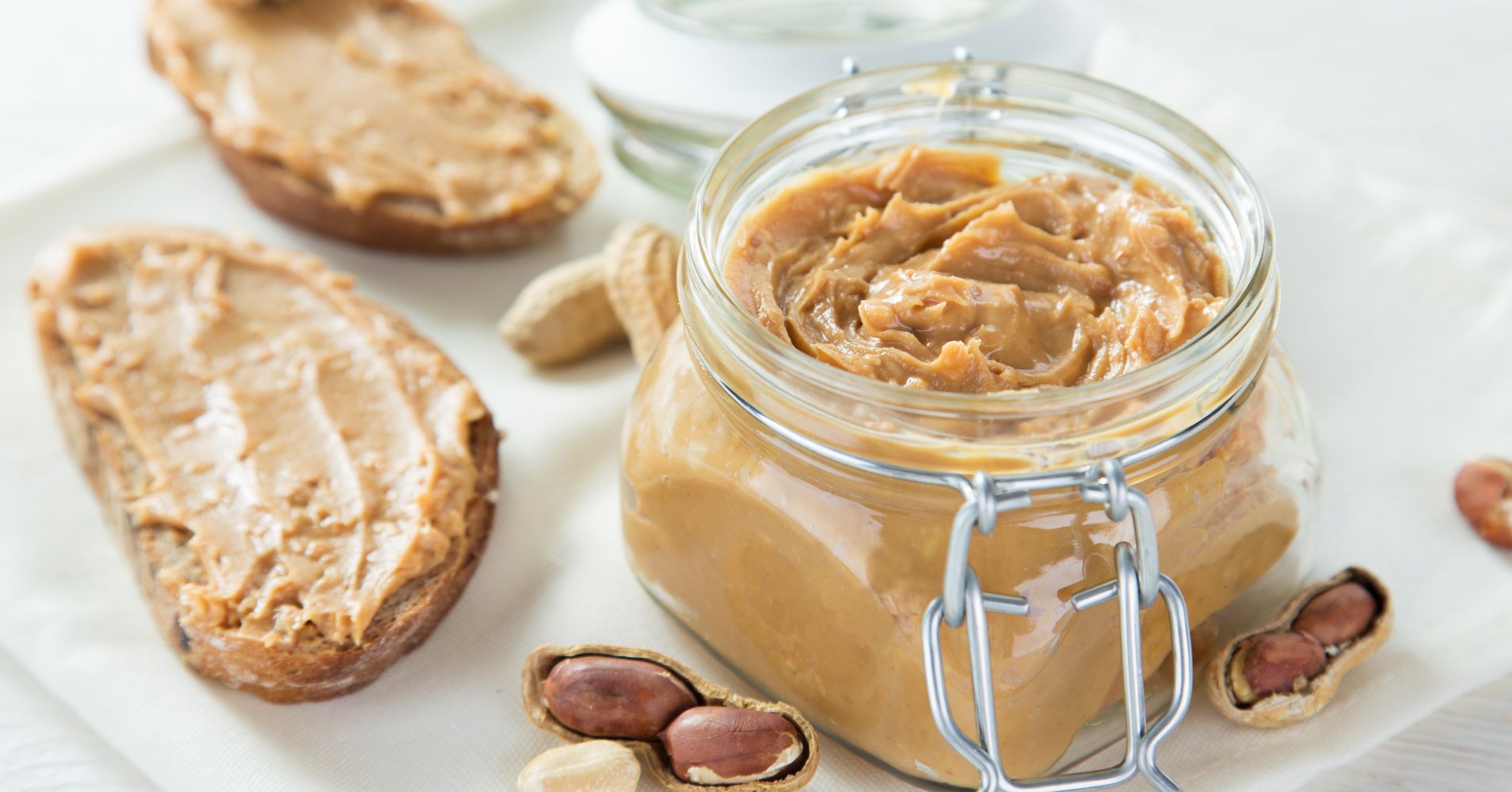
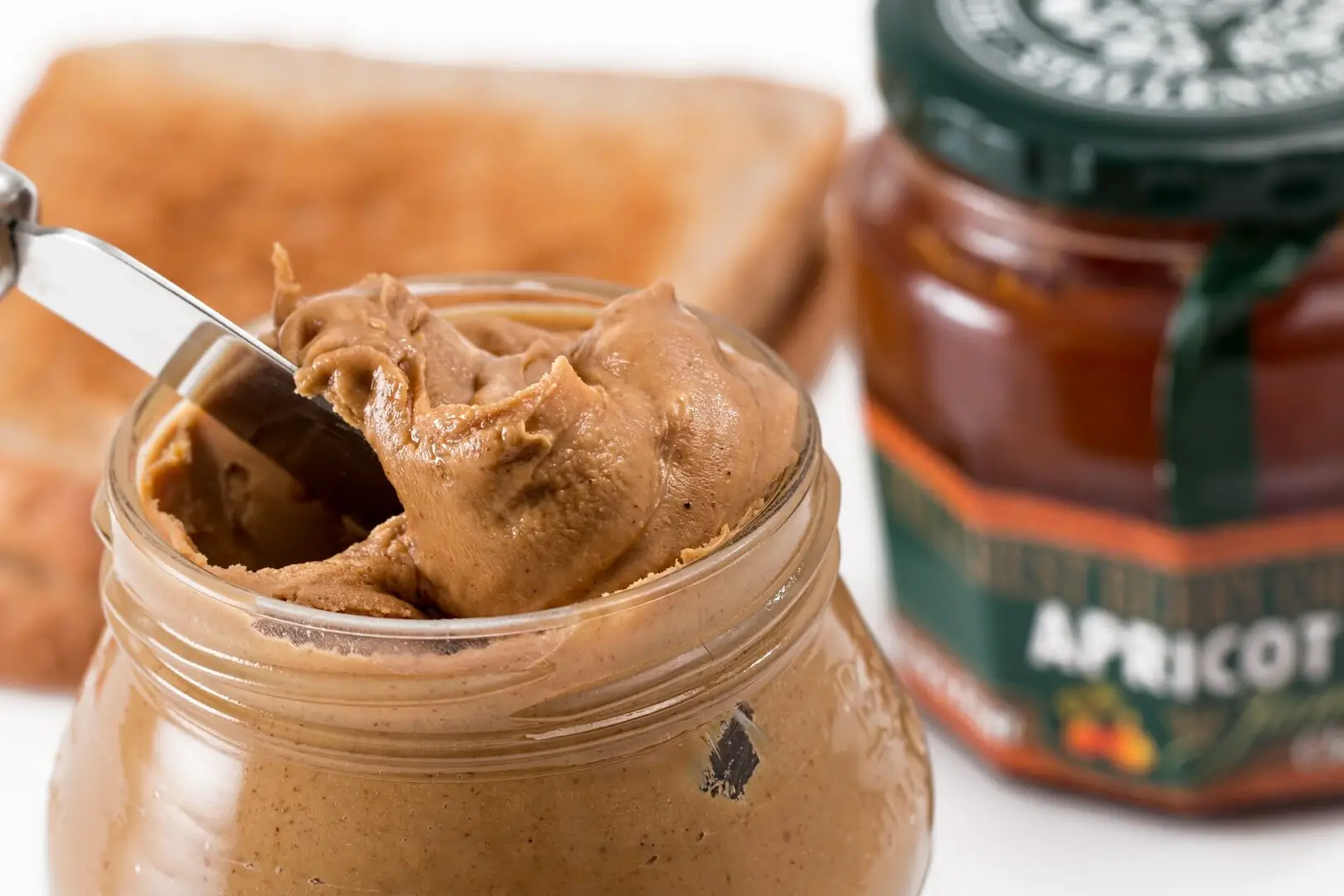
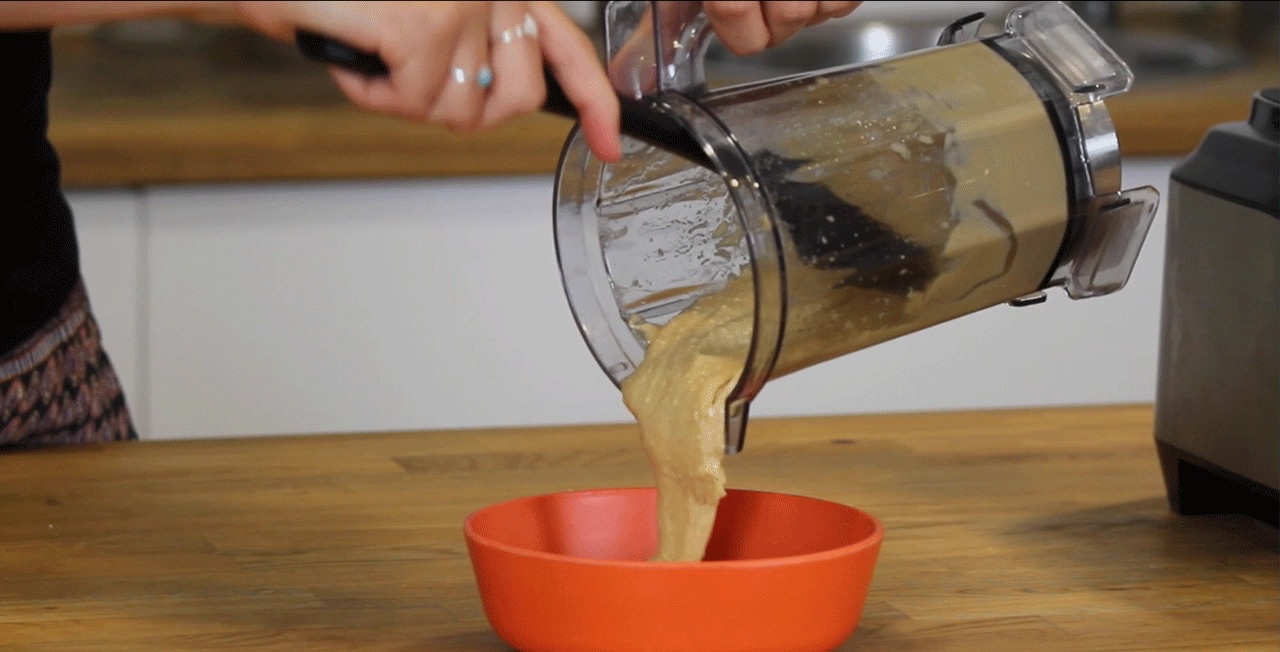
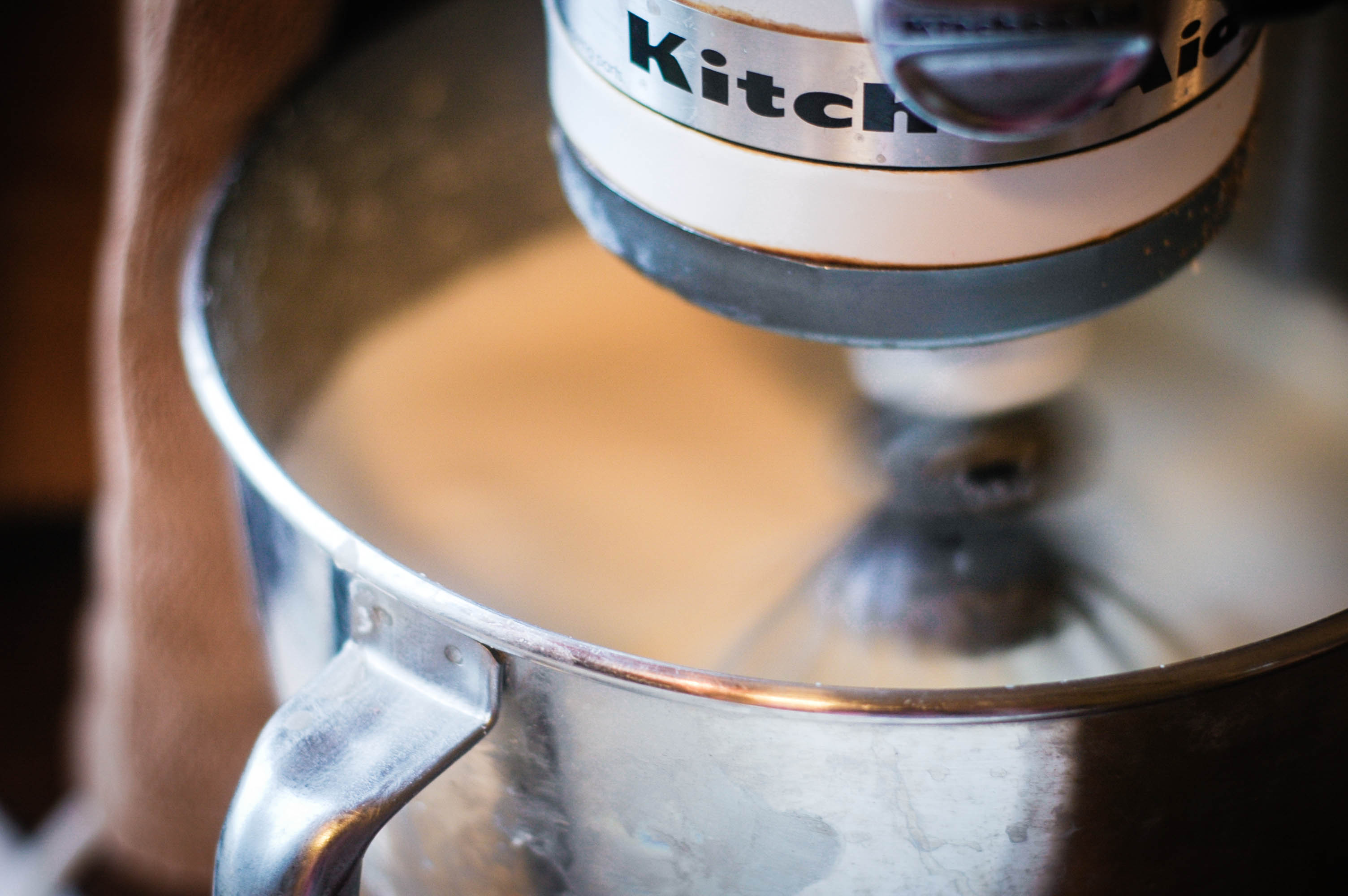










0 thoughts on “How To Store Peanut Butter Long Term”